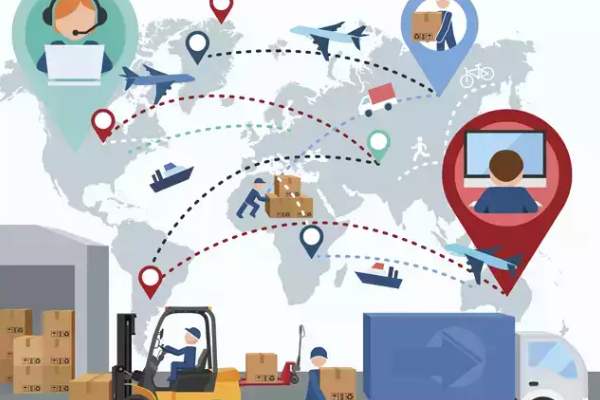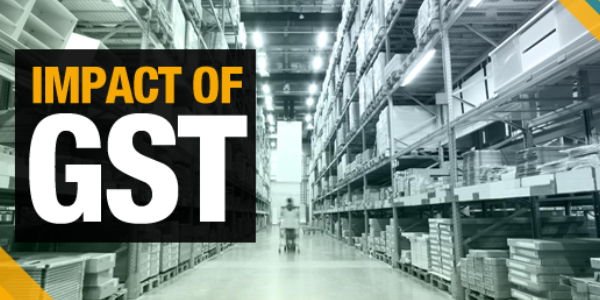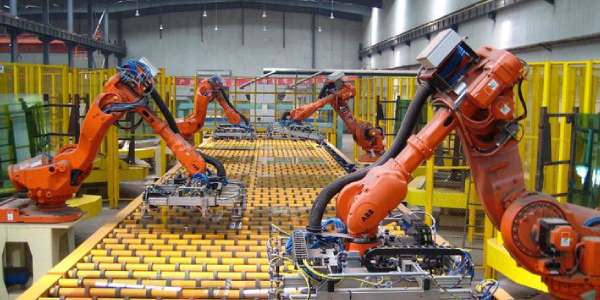The period prior to GST, warehouse industry faced multiple levels of taxes in India. After the launch of Goods and Service Tax (GST), India wedged a transformed India with an individual incorporated market bringing about a consistent regime in taxation cuts in all regions. The warehousing industry, thus becomes a facilitator and successor in India’s tax regime. Influences of GST on warehousing is brings about positive amendments and enhances the competitive nature among manufacturers worldwide.
GST Introduction Allows Restructuring of Warehouse Facility
Introduction of GST has paved already existing companies a great opportunity to completely restructure their warehousing and also their logistics when it comes to size, location, services and functioning. Before GST was implemented, every company was forced to set up a warehouse in every state to avoid taxes levied by central. But the same is eliminated as GST allows centralisation but not charging anything additional and also reducing the costs to a certain extent. Keeping in mind factors such as nearness to utilisation center, venues where manufacturing happens, movement of goods optimisation, etc., facilities get to choose the right place for its warehouse and decide on the size, the type of technology to adopt, management of operations and also the stock inventories. GST not only reduces the supply chain cost for companies but also the buying cost for customers.

GST Enables the Full Use of Technology
Introducing automation in a warehouse is a very expensive job, right from packaging to different levels of involvement by robotics. Before the introduction of GST, in the means of keeping the warehousing small, automation was out of question. In turn all the warehouses still relied on manual labour leading to slow speed and error prone work. Implementing GST changed the whole scene around where consolidation of warehouses via mergers, capacity enhancement and company acquisitions led to the possibility of bigger automation so as to save the industry from the labour cost becoming higher and improved turnaround time in delivery of products. Depending on the size of the company, GST helps implement either a full automation or partial automation in warehouses with the aid of Warehouse Management Systems (WMS).
Role of GST in Manufacturing and Outsourcing Logistics
The group of industries producing consumer products and those that require the warehousing change seems to be the ones gaining the maximum when it comes to the implementation of GST. Costs incurred by logistics experiences a lower percentage in the overall sales as the warehouse in every state and the numerous taxes is avoided. GST allows companies to set up a fewer number of large warehouses regionally so as to save time and also aids in cost efficiency in an economical level.
The transformation of logistics model from an unorganised format to an organised one along with the increase in customer oriented business showcases the demand in investing in the right kind of outsourced logistics. Transportation providing different types of modals, e-commerce, logistics parks, etc allows multinational logistic companies internationally to look out for doing business in India. The more the number of organised logistics players in the market allows manufacturers to outsource their complete logistics to a third party service provider for logistics (3PL). Outsourcing is cost-efficient and allows industries to concentrate on the main product aspect. Click Here Get to know the latest updates on gst and warehousing industry.





